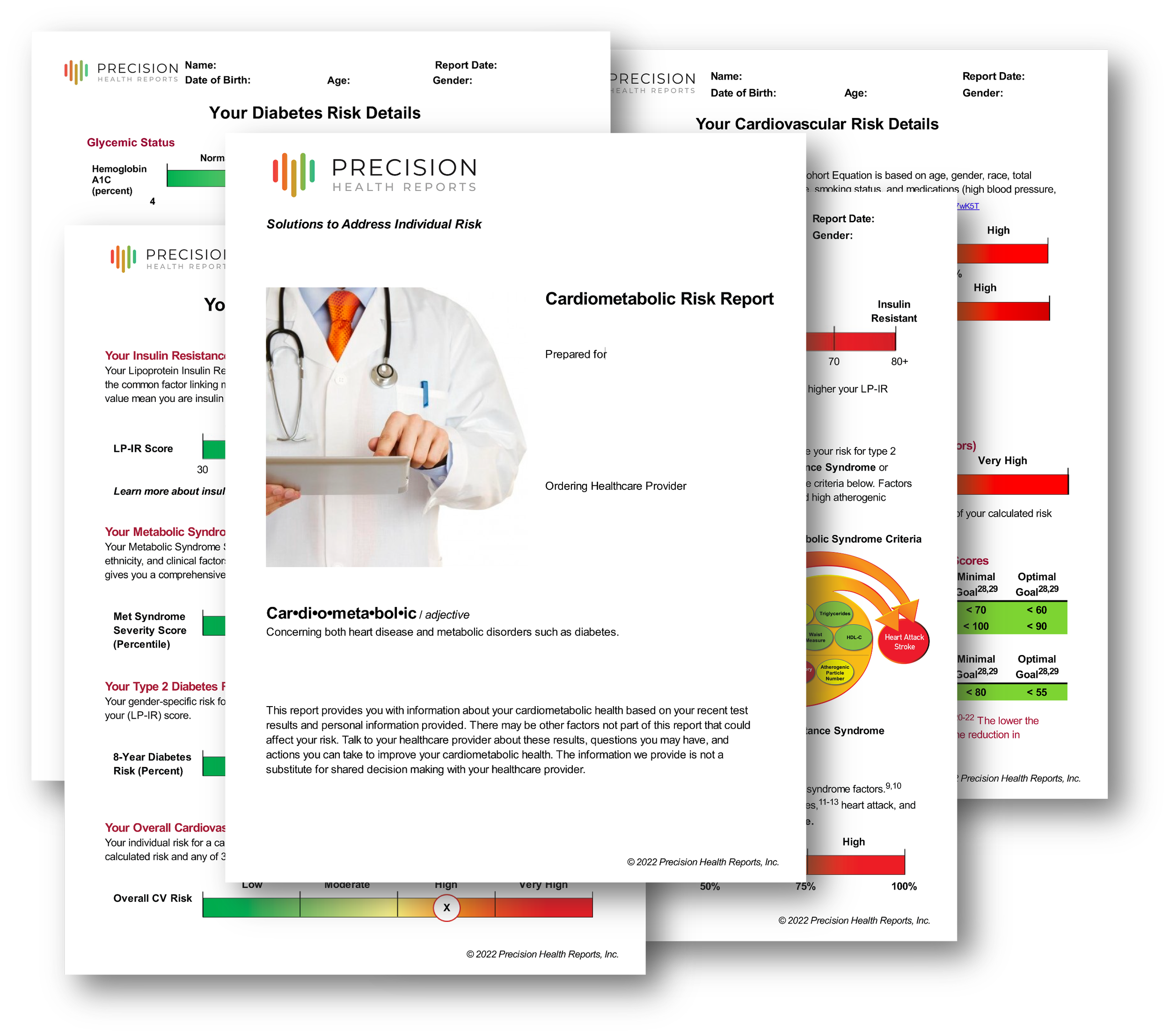Lipoprotein(a): Highly Under-Measured in the US
Typical LDL particle vs. a particle with Lipoprotein(a)
Source: Lipid Tools
Lipoprotein(a), or Lp(a), is a type of lipoprotein that carries cholesterol in the blood. Elevated levels of Lp(a) are associated with an increased risk of cardiovascular diseases, such as coronary artery disease, heart attack, and stroke. Despite its significance, Lp(a) is not commonly measured in the United States. This article explores the reasons behind the limited measurement of Lp(a), provides statistics on its prevalence and screening, and discusses additional screening recommendations for individuals with high Lp(a) levels.
Why Lipoprotein(a) is Not Frequently Measured in the US
Lipoprotein(a), or Lp(a), is a type of lipoprotein that carries cholesterol in the blood. Elevated levels of Lp(a) are associated with an increased risk of cardiovascular diseases, such as coronary artery disease, heart attack, and stroke. Despite its significance, Lp(a) is not commonly measured in the United States. This article explores the reasons behind the limited measurement of Lp(a), provides statistics on its prevalence and screening, and discusses additional screening recommendations for individuals with high Lp(a) levels.
Limited Measurement of Lp(a)
Lack of Awareness and Education: Many healthcare providers and patients are not fully aware of the importance of Lp(a) and its role in cardiovascular risk. This lack of awareness leads to fewer requests for Lp(a) testing.
Guideline Recommendations: Current guidelines from major cardiovascular societies, such as the American Heart Association (AHA) and the American College of Cardiology (ACC), do not universally recommend routine screening for Lp(a). This lack of a strong recommendation influences the frequency of testing.
Insurance Coverage: Insurance companies often do not cover Lp(a) testing unless there is a specific indication, such as a family history of cardiovascular disease or high cholesterol not explained by other factors. Despite being fairly inexpensive, asking a person to pay out of pocket for the test without insurance coverage can deter some doctors from recommending screening.
Clinical Uncertainty: The medical community is debating the best ways to manage and treat elevated Lp(a) levels. This uncertainty can lead to hesitancy for doctors in ordering the test. At present, no readily available therapies to treat elevated Lp(a) exist, but several are in later-stage clinical trials.
Statistics on Screening and Prevalence
Screening Rates: It is estimated that less than 5% of the US population has been screened for Lp(a). This low percentage highlights the need for increased awareness and testing.
Prevalence of High Lp(a): Approximately 20% of the global population has elevated Lp(a) levels. In the US, this translates to about 1 in 5 individuals. Elevated Lp(a) is considered a significant risk factor for cardiovascular diseases, independent of other lipid levels and traditional risk factors.
Additional Screening for High Lp(a)
For individuals found to have high Lp(a) levels, additional screening and preventive measures are recommended:
Comprehensive Lipid Panel and Particle Measurement: Along with Lp(a), other lipid levels such as LDL cholesterol, HDL cholesterol, triglycerides, and ApoB should be measured to provide a full picture of cardiovascular risk.
Genetic Testing: Given the hereditary nature of elevated Lp(a), genetic testing may be considered, especially if there is a family history of cardiovascular disease.
Coronary Artery Calcium (CAC) Scoring: CAC scoring can help assess the burden of atherosclerosis in the coronary arteries and guide treatment decisions.
Carotid Intima-Media Thickness (CIMT): CIMT measures the thickness of the carotid artery walls and can help evaluate the risk of cardiovascular events.
Regular Monitoring: Individuals with high Lp(a) should undergo regular cardiovascular risk assessments, including blood pressure monitoring, glucose testing, and evaluation of other risk factors such as smoking and obesity. A Cardiometabolic Risk Assessment is a comprehensive diagnostic screening tool to measure and help manage those other risk factors.
Lifestyle Modifications and Medications: While lifestyle changes such as diet, exercise, and smoking cessation are essential, specific medications to lower Lp(a) are limited. However, treatments targeting overall cardiovascular risk, such as statins, may still be beneficial.
Conclusion
The under-measurement of Lp(a) in the US is due to a combination of lack of awareness, guideline recommendations, insurance coverage issues, and clinical uncertainty. Increasing awareness and education about the importance of Lp(a) testing, alongside advocating for broader insurance coverage, can help improve screening rates. For those with elevated Lp(a), additional cardiovascular screenings and preventive measures are crucial to manage and reduce the associated risks. By addressing these challenges, we can improve cardiovascular health outcomes for many individuals.
Take the Next Step
Learning about higg Lp(a) is an important foundation, but don’t stop there. Our Cardiometabolic Risk Assessment gives you a complete picture of your risk for metabolic and cardiovascular disease events with outcome-proven biomarkers and guideline-driven recommendations to give you a clear path forward.


